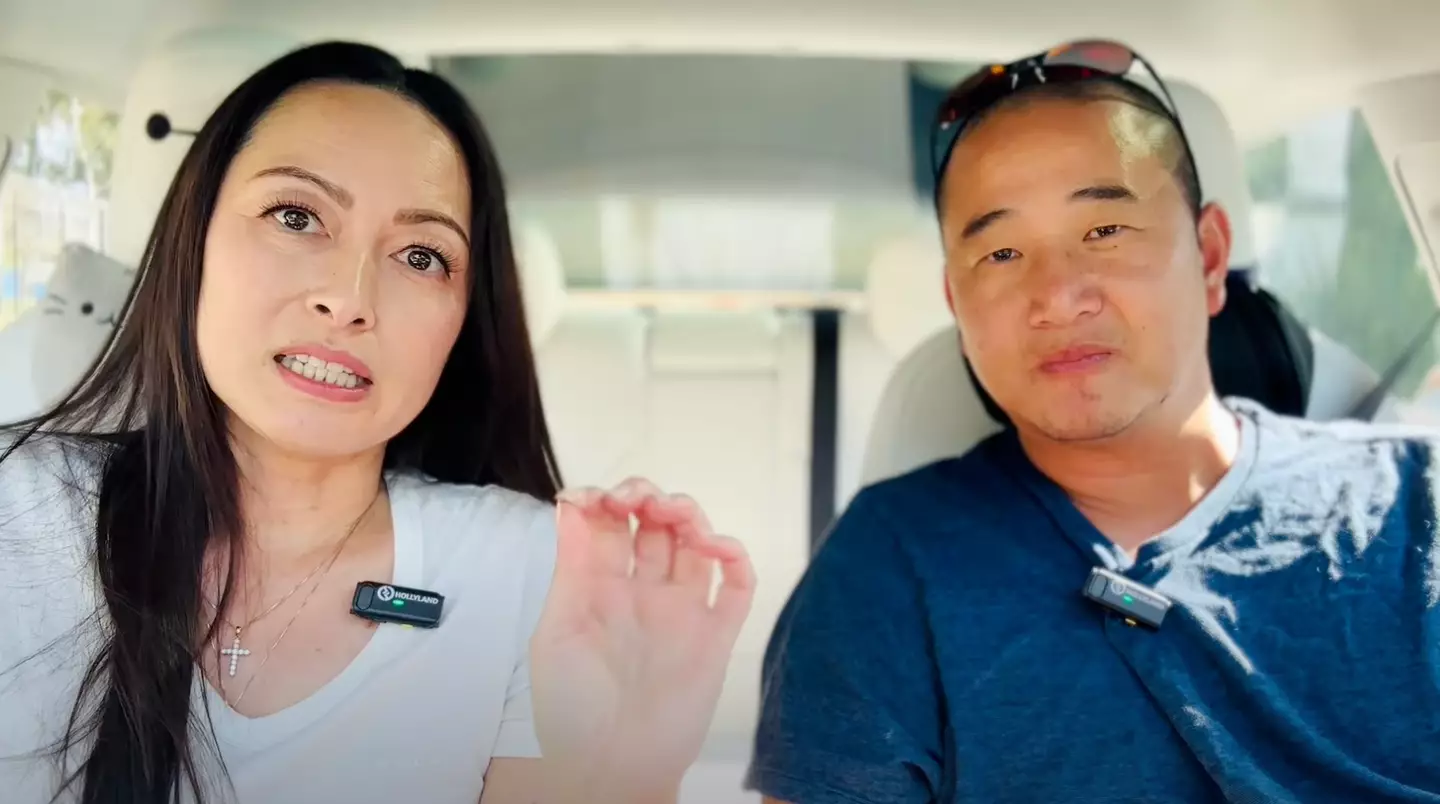The man purchased the car in 2018 and has done just under 155,000 miles in it
A man put his 2018 Tesla to the test by driving almost 155,000 miles in it in just under five years.
According to the Federal Highway Administration, the average person in the US will drive around 13,500 miles a year.
The report released in 2022 also showed that people between the ages of 35 to 54 travel the furthest, while men rack up an extra 6,000 miles a year on their odometers compared to women.
This guy drove further than your average person though, and traveled an impressive 154,565 miles in just under five years.
With this in mind, YouTuber Tesla Joy – who is friends with Lawrence, the man who owns the Tesla in question – chatted to him to see how the hefty mileage affected the electric vehicle’s battery life.
From data collected on his Tesla management app Tessie, Lawrence said that he thinks his car battery may have lost somewhere between eight to 11 percent degradation (the gradual process by which a battery’s ability to store and deliver energy decreases).
Despite this, Lawrence insisted that he doesn’t really notice any difference unless he’s actively tracking it.

Elsewhere, the pair discussed Tesla’s Superchargers – something Lawrence had to rely on to keep his car running as he didn’t have access to a home charging point.
In comparison, a Supercharger can charge a car in less than 30 minutes with Type 2 chargers that many people use can take a few hours.
Some people have said that relying on Superchargers can negatively impact a Tesla’s battery, but Lawrence said he doesn’t think this is the case.
While it’s advised that you should service your car every 12,000 miles or once a year (which ever comes first), Lawrence admitted that he didn’t service his car until he hit 145,000.
As to why he left it so long, he said that he ‘wanted to see how far the car would go before something broke’.
Eventually, Lawrence had to replace the charging socket, which set him back $600, as well as the 12V battery (costing $125).
In addition to this, he had to fork out ‘a few hundred bucks’ for the upper control arms to be replaced, meaning, all in all, he paid around $1,000 on car maintenance.
To conclude, Lawrence said he was still really happy with his car and its quality.
“It’s incredible because I still love this car,” he said. “I still remember the day I drove it off the Tesla lot and the feeling of the pedals and everything, and I feel like it’s 100 percent – maybe 99 percent, something like that – similar.”
A pretty glowing review, to say the least.